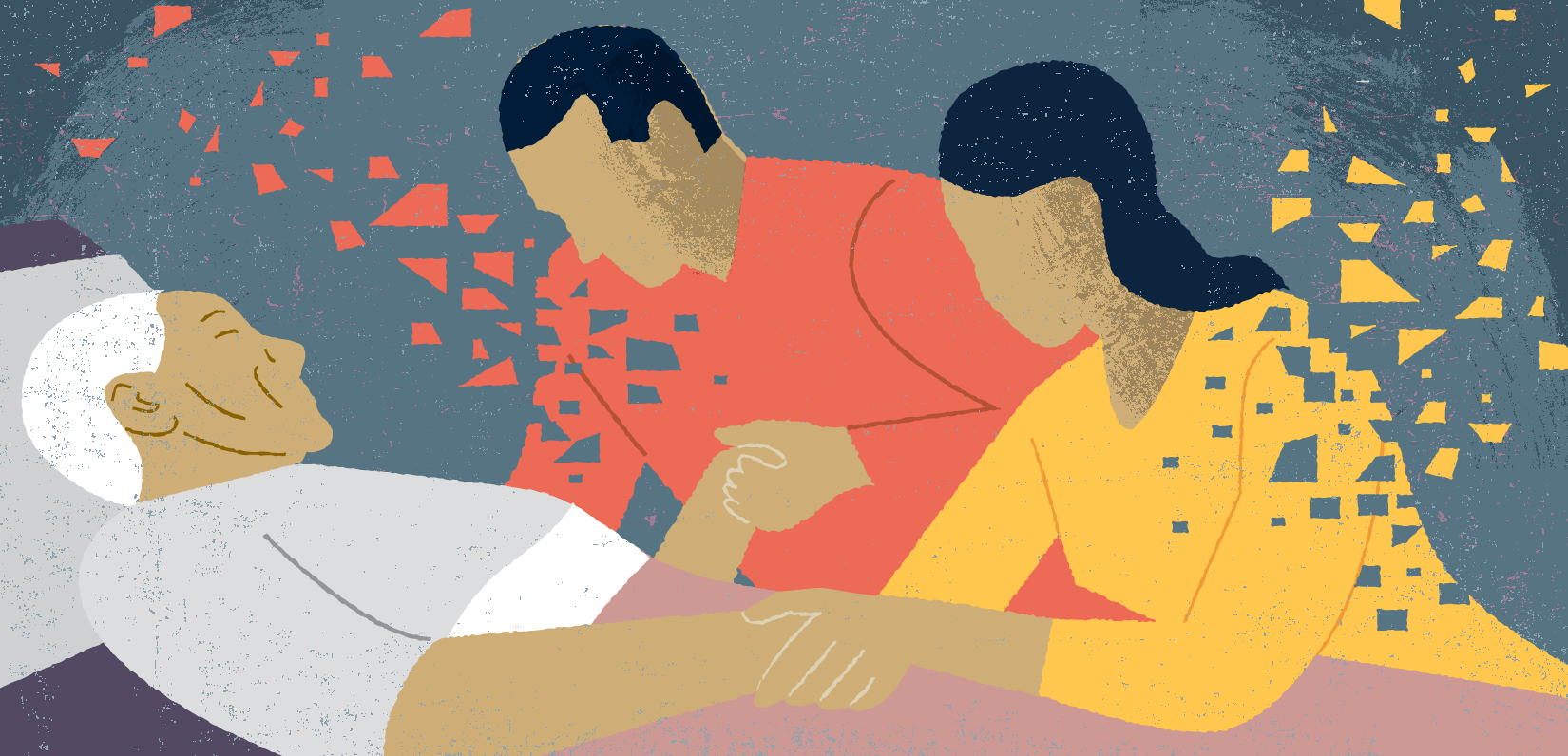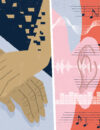A dying person’s suffering ends with the final breath. For the family caregivers who’ve offered so much of themselves in those final months (or years), the physical and emotional toll can linger, potentially shortening their own lives.
This first-of-its-kind study used population-based data to show how end-of-life (EOL) caregiving exposures affect subsequent mortality risk of both adult children and spouses. Spouses are the most likely to be involved in EOL caregiving and commonly have the strongest grief reactions following a loss, explain Katherine Ornstein and colleagues in “Mortality Risk Following End-Of-Life Caregiving: A Population-Based Analysis of Hospice Users and Their Families” (Social Science and Medicine).
Observations:
- Caring for a spouse/partner with dementia is particularly risky for the survivor’s health.
- The mortality effect can be especially intense for adult children simultaneously caring for their own children.
- Women, as more likely caregivers (often based on societal expectations), can face a higher risk.
- Having more family members nearby to help can be a mitigating factor.
“This paper takes an inherently complex, family-systems approach to the study of death and dying. We utilize a cohort of decedents linked to their network of first-degree family members (i.e., siblings, parents, children, spouses) to explore how the death and dying experience of one family member affects the subsequent mortality of others, particularly their spouses and adult children.”


